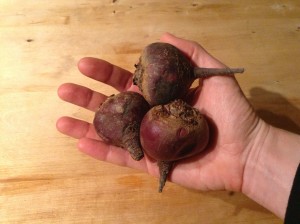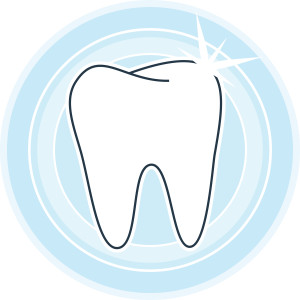Do Babies Need Teeth for Finger Foods?
/At workshops I’m often asked by new parents whether babies need teeth to eat finger foods. The short answer is: no. Whether you’re choosing to start with purees or to follow Baby Led Weaning (BLW), we recommend starting to offer your baby finger foods by 6 months. Many babies won’t have any teeth at that age. And, most babies won’t have molars then. Our molars are the teeth that we use to chew food. We use our front teeth to bite and tear.
Babies’ gums are surprisingly strong. They can use them to eat finger foods. It’s the presence of things along their gums that helps them move their gag reflex from the young infant position to the mature position. And, it’s with practice that babies learn how to co-ordinate the chewing, swallowing, and breathing that are involved in eating. That’s why at this age babies put everything in their mouths – they’re practicing.
Introducing a wide range of tastes and textures before 9 – 12 months can help lessen picky eating in toddlerhood. You’ve got a developmental window of opportunity when babies are interested in tastes and textures. Use it!
What makes good finger foods?
Pieces of soft cooked vegetables
Ripe soft fruits (skins and pits removed)
Grated raw vegetables or hard fruits
Finely minced, shredded, ground or mashed cooked meat
Deboned fish and poultry
Bread crusts or toast
Some finger food examples:
Tortillas cut in narrow strips and thinly spread with nut butter
Omelet cut in to narrow strips
Salmon crumbled into small pieces
Grated carrot and grated apple
Extra-firm tofu steamed and cut in to skinny fingers
Looking for more finger food ideas (including iron-rich finger food ideas)? Check out my video on Youtube.








 {Guest Post at
{Guest Post at  Aah, beets. These versatile root veggies are one of my favourites! As a dietitian, part of my job is to know how to prepare healthy foods like beets. So I’m sharing a couple of my favourite ways to use them. A classic storage, root veggie, you can find local ones (fairly cheap) throughout the winter here in Victoria, BC.
Aah, beets. These versatile root veggies are one of my favourites! As a dietitian, part of my job is to know how to prepare healthy foods like beets. So I’m sharing a couple of my favourite ways to use them. A classic storage, root veggie, you can find local ones (fairly cheap) throughout the winter here in Victoria, BC. Thank you to the parent who asked me this week’s question: "My baby doesn’t have any teeth yet. Can I give her finger foods?" The short answer is: yes!
You don’t need to wait until a baby has teeth before giving finger foods.
Thank you to the parent who asked me this week’s question: "My baby doesn’t have any teeth yet. Can I give her finger foods?" The short answer is: yes!
You don’t need to wait until a baby has teeth before giving finger foods.